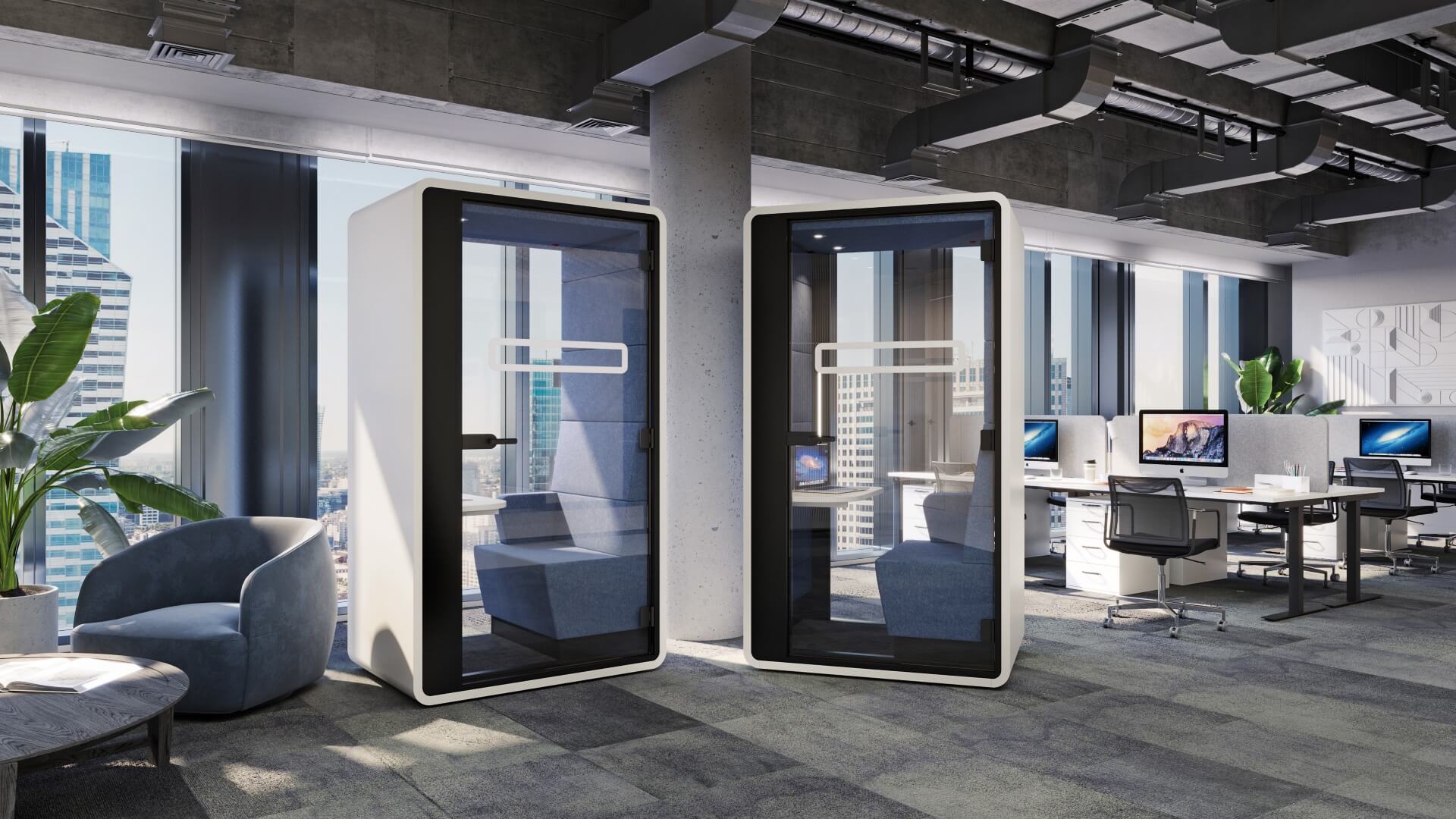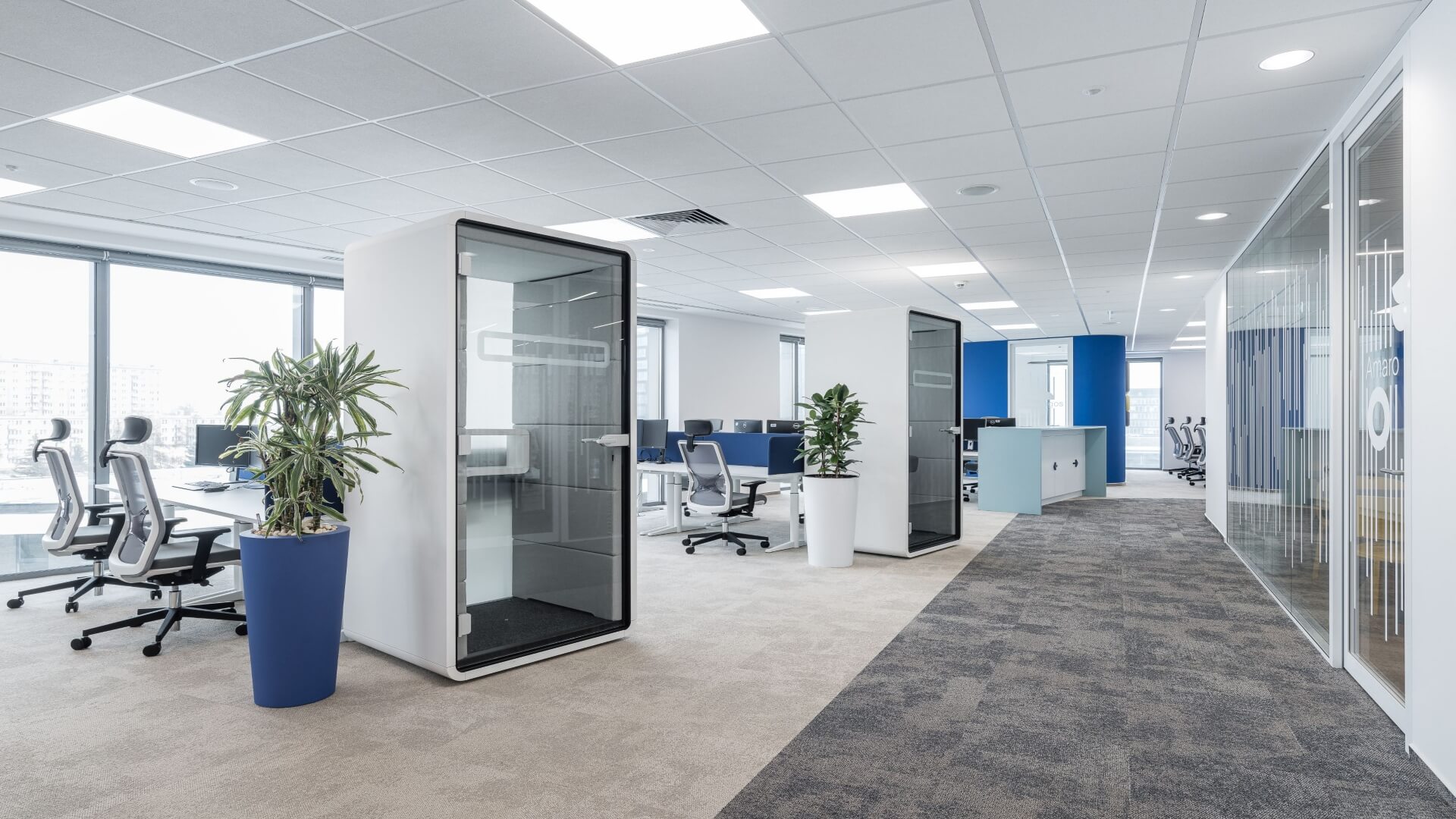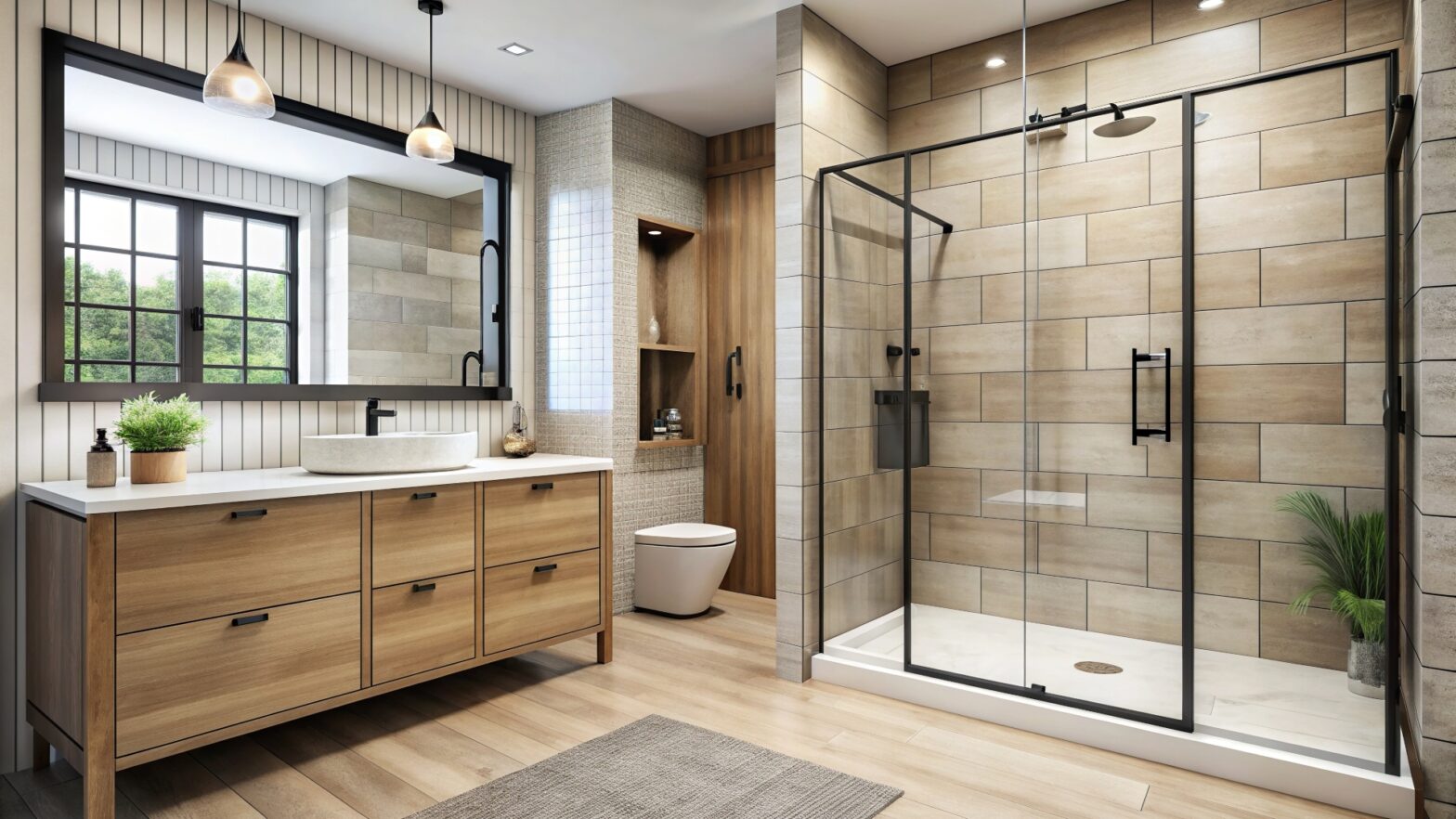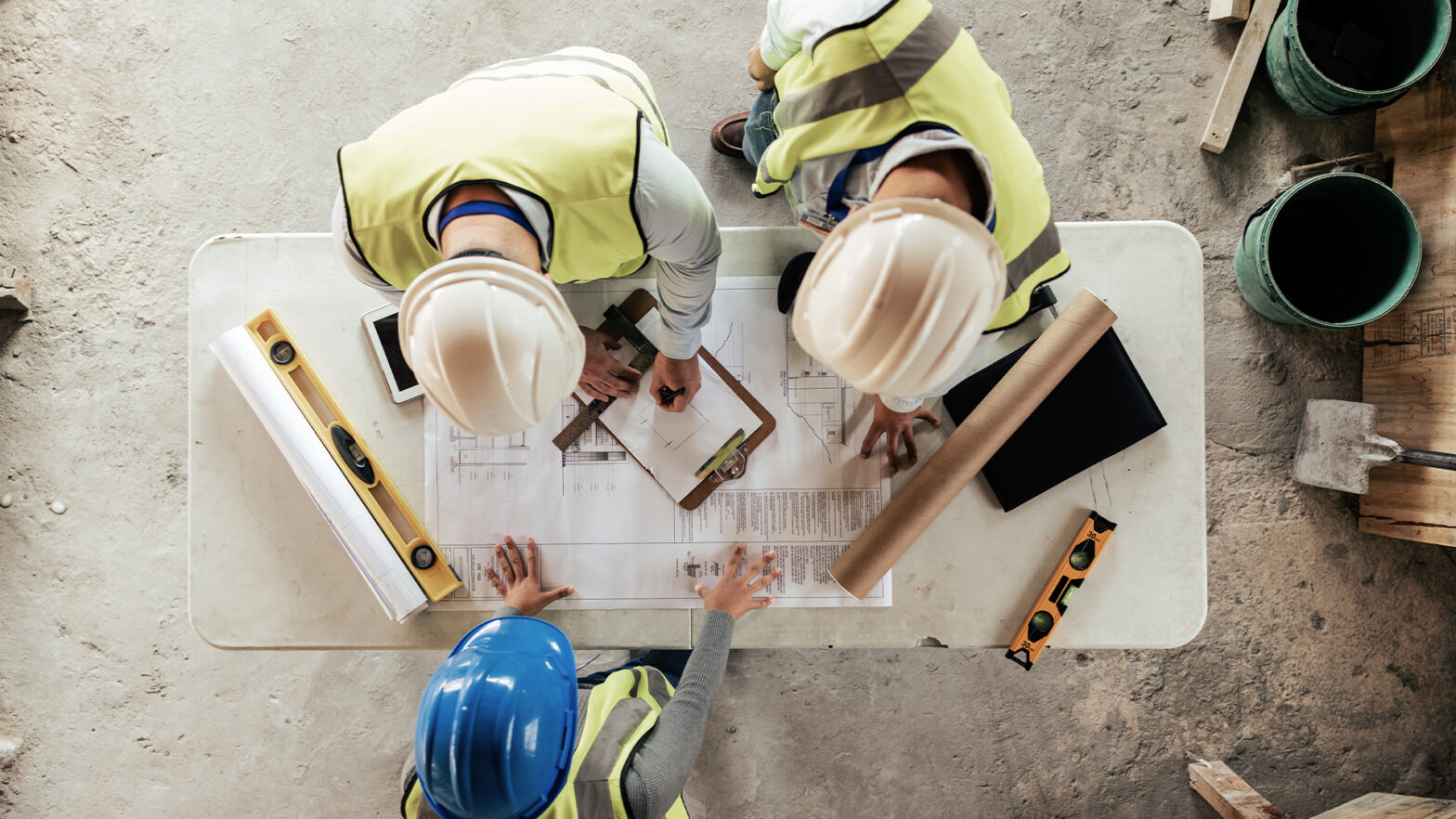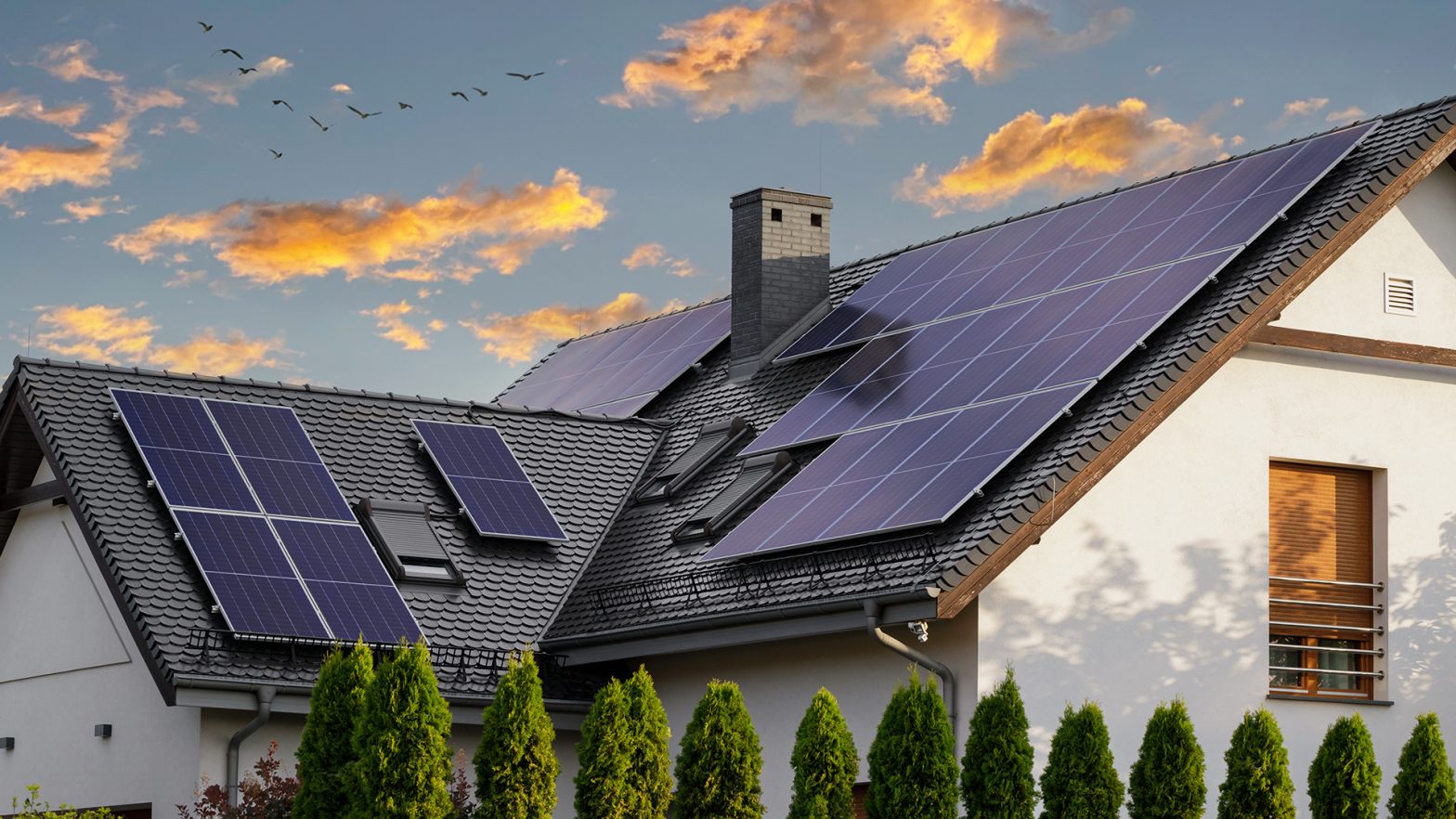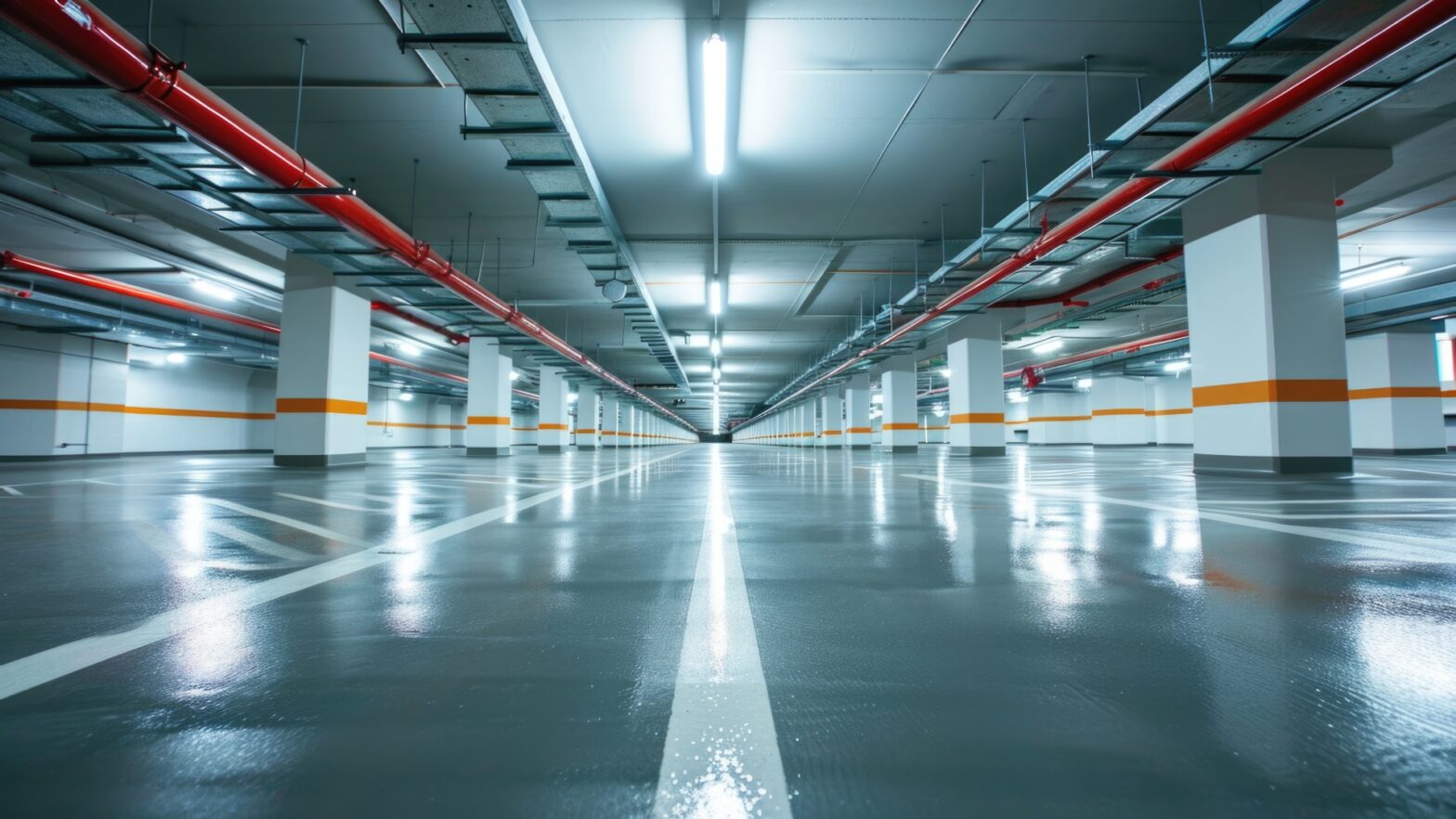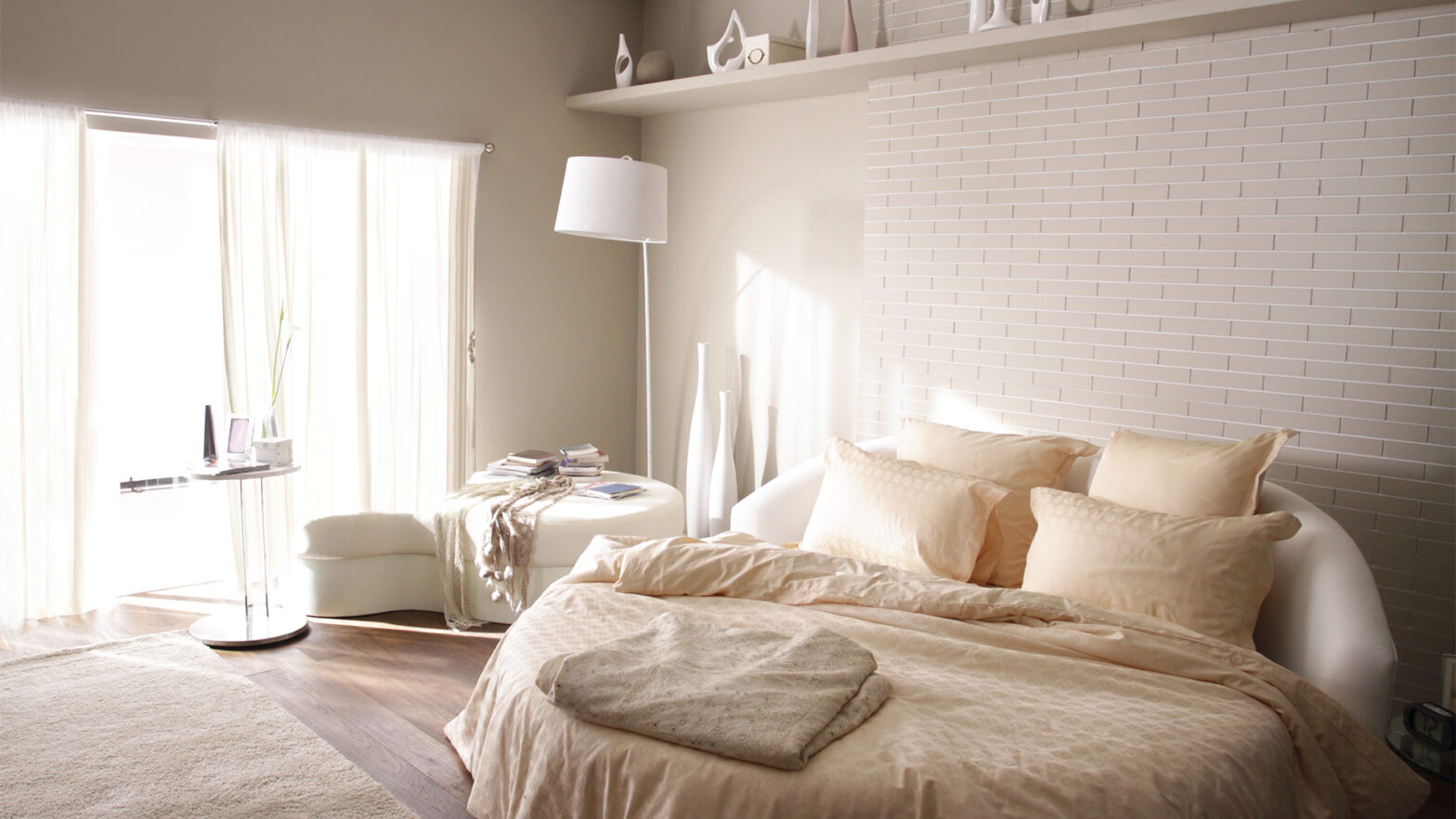Recently more and more companies have realised the important role that office space design plays to ensure comfort and efficiency at work. One aspect that should be taken into account is the neurodiversity of the people employed. It is worth remembering that every employee is different, with individual needs, preferences and reactions to stimuli that affect well-being at work and productivity. In the following article we will explain who neurodivergent people are and how to design a space in the company to take into account their needs and improve comfort and productivity.
What is neurodiversity?
The term neurodiversity is used to refer to the belief that there is natural variability in the neurocognitive functions of different people. Each of us thinks differently and interacts differently with the world around us. However, the majority of the population are neurotypical individuals who fall within some preconceived framework of stimulus response. As many as 15-20% of people in the world go beyond the accepted patterns. Cognitive disorders include autism, ADHD, Tourette’s syndrome, dyslexia, Asperger’s syndrome, dyscalculia and OCD. Neurodivergent people often have unique ways of thinking and processing information that can benefit the workplace.
Is it worth considering the neurodiversity of the workforce when designing a modern office?
Neurodivergent people, due to impaired sensory integration, respond differently to stimuli and have problems processing multiple pieces of information at the same time. They therefore find it more difficult to function in an open and dynamic open-plan office. People with Asperger’s syndrome, ADHD or dyslexia may have different environmental requirements, such as needing more space, more privacy or special lighting.
Designing an office that takes into account neurodiversity aims to create a working space that responds to the needs, promotes efficiency and realises the full potential of people with sensory impairments. In addition, enhancing the sense of comfort of neurodiverse people through appropriate workplace design can positively impact the company’s image and attract talented employees who appreciate this approach.
How to adapt the office space for neurodiverse people? Inclusive design
When designing a modern office space, it is important not only to pay attention to the design, but also to consider the needs of people who have difficulty adapting to a traditional office environment.
Prevention of sensory overload by zoning
Stimuli-sensitive people burn out quickly at work due to an excess of sounds and images. Zoning the office prevents sensory overload. In a company with many people with different working styles and communication preferences it is important that the design takes into account different ways of working together. It is worthwhile organising both the spaces where people can work in groups and individual workstations for quiet duties. In addition, zones associated with other tasks or work modes, such as phone calls, can be separated in other parts of the office using hushPhone phone booths. This will enable neurotypical and neurodivergent employees to choose the right place at any given time and perform at their best.
Acoustic pods – a way to combat distractions
People with neurodevelopmental disorders may find it difficult to concentrate in noisy and crowded office environments. One solution worth introducing is hushWork’s one-person acoustic booths. They reduce noise and other factors leading to over-stimulation. The solutions in the Hushoffice series are equipped with additional features such as ventilation, lighting and power supply. They are available in a variety of sizes, allowing them to be individually tailored to the needs of employees and to provide suitable spaces for videoconferencing, relaxation and quiet working.
Recurring design elements
Above all, it is important that the office space is clear and tidy. For neurodivergent people, an excess of stimuli around them can be very difficult to process and too many decorative elements can lead to unnecessary sensory stimulation. It is therefore advisable to avoid a profusion of patterns and colours and use repetitive design elements to create a sense of familiarity with the place.
Taking into account kinaesthetic needs
Neurodivergent people often need movement and repositioning to maintain concentration and mental health. The basis is the provision of ergonomic chairs with height and angle adjustment, desks with standing options or folding tops, and space for stretching and exercise.
Lighting and temperature control
Neuro-friendly offices should offer adjustable lighting or areas with bright and dim light to choose from. In addition, a properly set temperature helps to reduce mood swings. The hushWork.sit&stand acoustic booths for sitting and standing work, with their adjustable lighting, efficient ventilation and ability to change working position, provide a welcoming space that takes into account the needs of neurodiverse workers.
